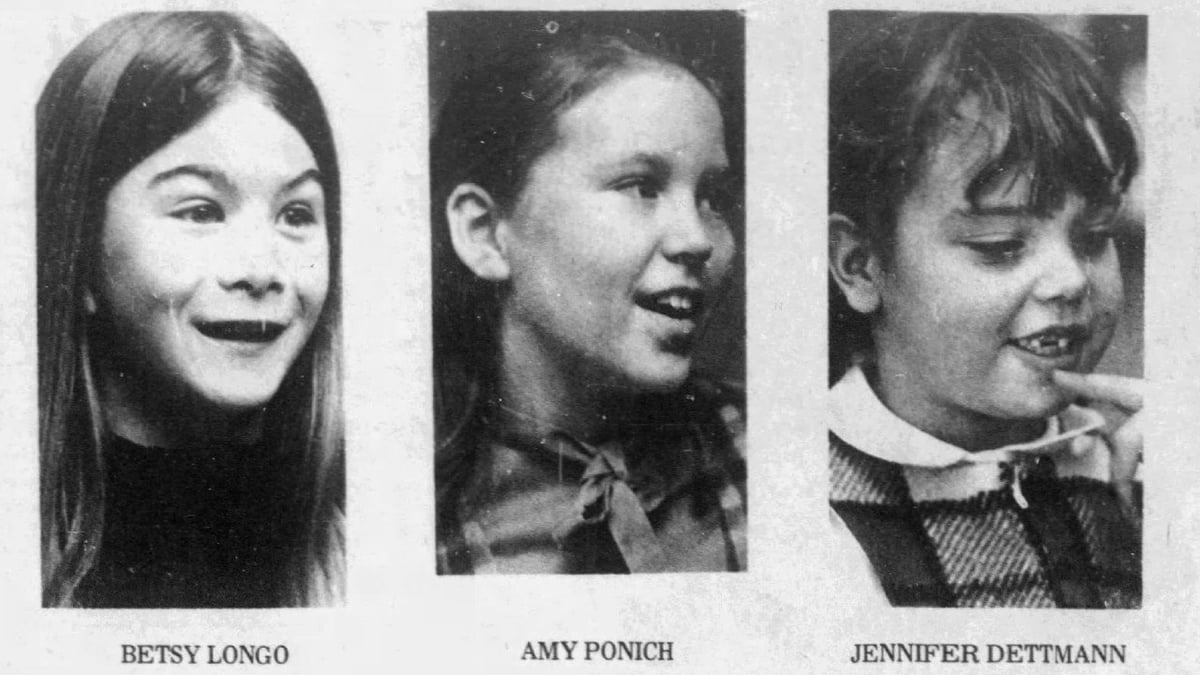Apollo, As Seen by Young Girls

On February 7, 1971, the Billings Gazette, a local Montana newspaper, ran a story by Carol Perkins titled “Apollo — As Kids See It.” They interviewed young kids, from 5 to 11, and a range of boys and girls, to get their opinion about NASA’s then-current manned moon missions. Paleofuture’s Matt Novak zeroes in on the girls:
“I wouldn’t like to go to the moon. It’s not really a place for girls,” said 7-year-old Joan Anderson, who would be about 58 years old now.
“I think it would be fun to marry an astronaut. He would be rich and famous,” said 5-year-old Gail Standard.
“He’d be gone away a lot, so I would go with him. I’d wear a girl’s astronaut uniform and cook a lot of potatoes,” said 6-year-old Jennifer Dettmann, speaking of her potential astronaut husband.
There are a lot of myths about the Apollo space program. Chief among them is that most Americans fervently supported the space program’s enormous costs. In reality, most Americans of the 1960s thought the Apollo space program wasn’t a good use of taxpayer funds, with many people asking why that money wasn’t being spent to fight homelessness or hunger in the U.S.—the same criticisms you hear today.
In fact, one of the girls quoted in the article, 11-year-old Betsy Longo, expressed a similar sentiment.
“I don’t think they should use so much money to go to the moon,” Longo said. “They should use it to stop cancer and help people here on Earth.”
One 10-year-old, Amy Ponich, was the only girl in the article who seemed receptive to the idea that she could have a role to play in America’s exploration of space, telling the reporter that she wanted to be a scientist to “discover more frontiers.”
“We need to know what the moon is made of and how it related to the Earth,” Ponich said.
The US Apollo program only included men, but the USSR’s Valentina Tereshkova was the first woman in space in 1963. Sally Ride was the first American woman in space in 1983, twelve years after this article. Since the Apollo program ended in 1972, no human beings have landed on the moon.





Stay Connected